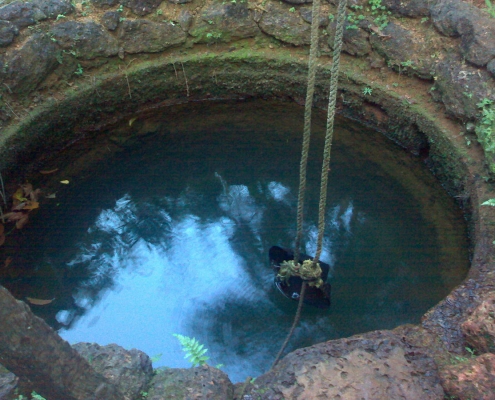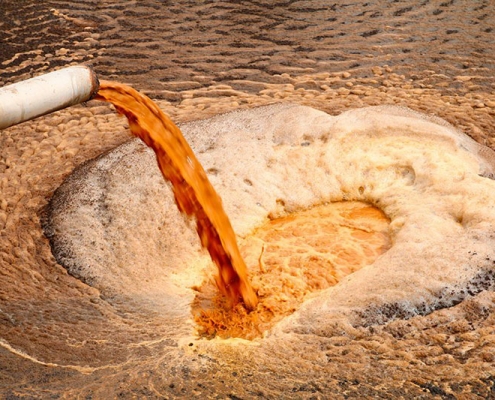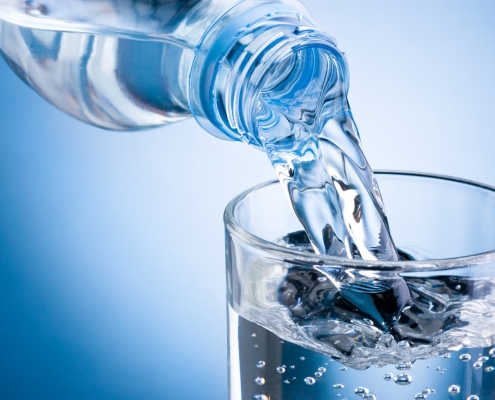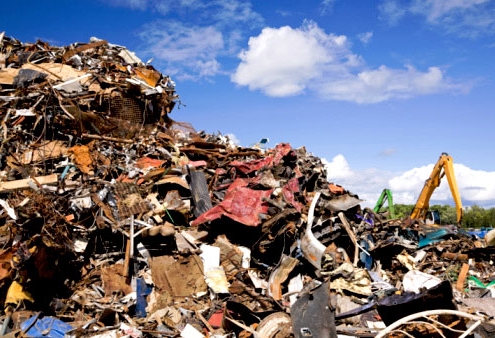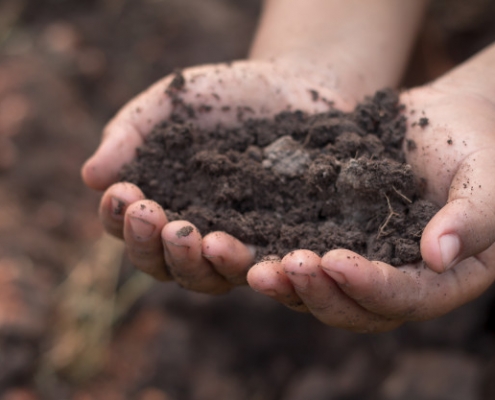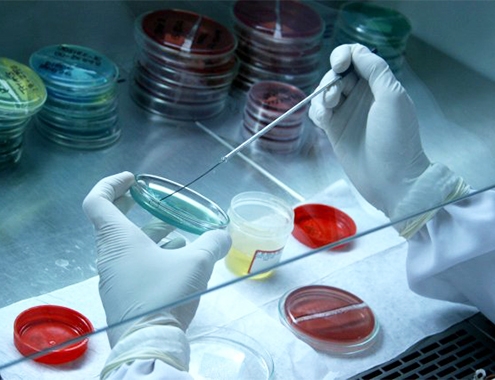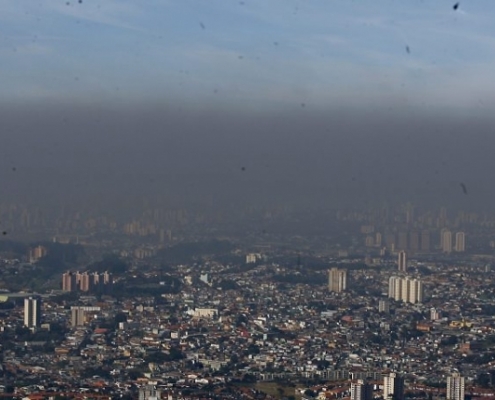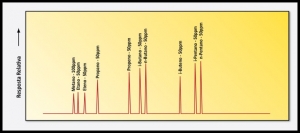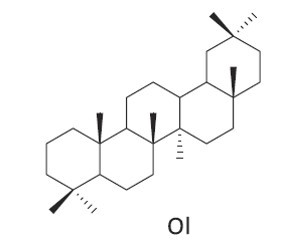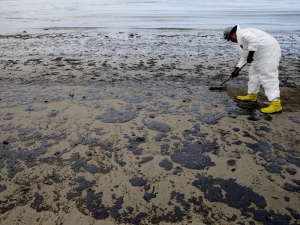Hidroquímica’s laboratories carry out analyzes of the contaminated air in which workers are exposed in their industrial work environments, in order to comply with the labor legislation according to the Regulatory Norms – NR´s of Ordinance 3214 of the Ministry of Labor and Employment -MTE:
NR 15 – Unhealthy Activities and Operations, according to annexes 11, 12 and 13 (Chemical Agents);
NR 09 – Environmental Risk Prevention Program – PPRA;
Labor Reports and Surveys – LTCAT, among other programs;
With a qualified team, committed to the excellence of its services, and state-of-the-art equipment, the laboratory offers analytical services based on recognized national and international methodologies such as Fundacentro, ANVISA, National Institute for Occupational Safety and Health – NIOSH, Occupational Safety and Health Administration – OSHA, American Industrial Hygiene Association – AIHA and Environmental Protection Agency – EPA.
Main analyzes performed:
Volatile Organic Compounds (VOC`s) by passive monitors, active carbon tubes and specific monitors;
Benzene, Toluene, Ethylbenzene and Xylene – BTEX;
Polyaromatic Hydrocarbons (HPA’s);
Kerosene and Naftas;
Mineral oil;
Aldehydes, Ketones and alcohols;
Nitric Oxide and Nitrogen Dioxide;
Chromic Acid (Cr 6+), Sulfidric Acid;
Inorganic Acids;
Total Dust and Breathable Dust;
Crystallized Free Silica;
Uncomfortable Dusts (PNOC’s) and Metal Fumes;
Metals (Scan of 16 metals);
Air microbiology – quantitative analysis


